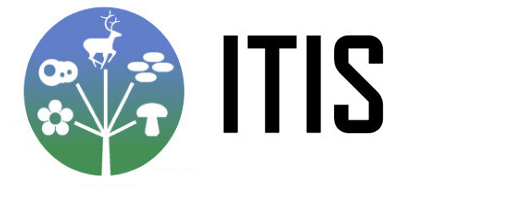References
| |
|
|
|
| |
Expert(s): |
|
|
| |
Expert: |
Charles A. Woods
|
|
| |
Notes: |
Florida Museum of Natural History, University of Florida, Gainesville, FL 32611-2035 |
|
| |
Reference for: |
Georychus capensis |
|
| |
|
|
|
| |
Other Source(s):
|
|
|
| |
Source: |
|
|
| |
Acquired: |
|
|
| |
Notes: |
|
|
| |
Reference for: |
|
|
| |
|
|
|
| |
Publication(s):
|
|
|
| |
Author(s)/Editor(s): |
Uhrová, M., O. Mikula, N. C. Bennett, P. Van Daele, L. Piálek, J. Bryja, J. H. Visser, et al.
|
|
| |
Publication Date: |
2021 |
|
| |
Article/Chapter Title: |
Species limits and phylogeographic structure in two genera of solitary African mole-rats Georychus and Heliophobius |
|
| |
Journal/Book Name, Vol. No.: |
Molecular Phylogenetics and Evolution, vol. 167, no. 107337 |
|
| |
Page(s): |
1-17 |
|
| |
Publisher: |
|
|
| |
Publication Place: |
|
|
| |
ISBN/ISSN: |
1055-7903 |
|
| |
Notes: |
doi: 10.1016/j.ympev.2021.107337 |
|
| |
Reference for: |
Georychus capensis |
|
| |
|
|
|
| |
Author(s)/Editor(s): |
Wilson, Don E., and DeeAnn M. Reeder, eds.
|
|
| |
Publication Date: |
1993 |
|
| |
Article/Chapter Title: |
|
|
| |
Journal/Book Name, Vol. No.: |
Mammal Species of the World: A Taxonomic and Geographic Reference, 2nd ed., 3rd printing |
|
| |
Page(s): |
xviii + 1207 |
|
| |
Publisher: |
Smithsonian Institution Press |
|
| |
Publication Place: |
Washington, DC, USA |
|
| |
ISBN/ISSN: |
1-56098-217-9 |
|
| |
Notes: |
Corrections were made to text at 3rd printing |
|
| |
Reference for: |
Georychus capensis |
|
| |
|
|
|
| |
Author(s)/Editor(s): |
Wilson, Don E., T. E. Lacher Jr., and R. A. Mittermeier, eds.
|
|
| |
Publication Date: |
2016 |
|
| |
Article/Chapter Title: |
|
|
| |
Journal/Book Name, Vol. No.: |
Handbook of the Mammals of the World. Vol. 6: Lagomorphs and Rodents I |
|
| |
Page(s): |
987 |
|
| |
Publisher: |
Lynx Edicions |
|
| |
Publication Place: |
Barcelona, Spain |
|
| |
ISBN/ISSN: |
978-84-941892-34 |
|
| |
Notes: |
|
|
| |
Reference for: |
Georychus capensis, Cape Mole-rat [English] |
|
| |
|
|
|
| |
Author(s)/Editor(s): |
Woods, Charles A., and C. William Kilpatrick / Wilson, Don E., and DeeAnn M. Reeder, eds.
|
|
| |
Publication Date: |
2005 |
|
| |
Article/Chapter Title: |
Infraorder Hystricognathi Brandt, 1855 |
|
| |
Journal/Book Name, Vol. No.: |
Mammal Species of the World: A Taxonomic and Geographic Reference, 3rd ed., vol. 2 |
|
| |
Page(s): |
1538-1600 |
|
| |
Publisher: |
Johns Hopkins University Press |
|
| |
Publication Place: |
Baltimore, Maryland, USA |
|
| |
ISBN/ISSN: |
0-8018-8221-4 |
|
| |
Notes: |
|
|
| |
Reference for: |
Georychus capensis, Cape Mole-rat [English] |
|
| |
|
|
|
|

